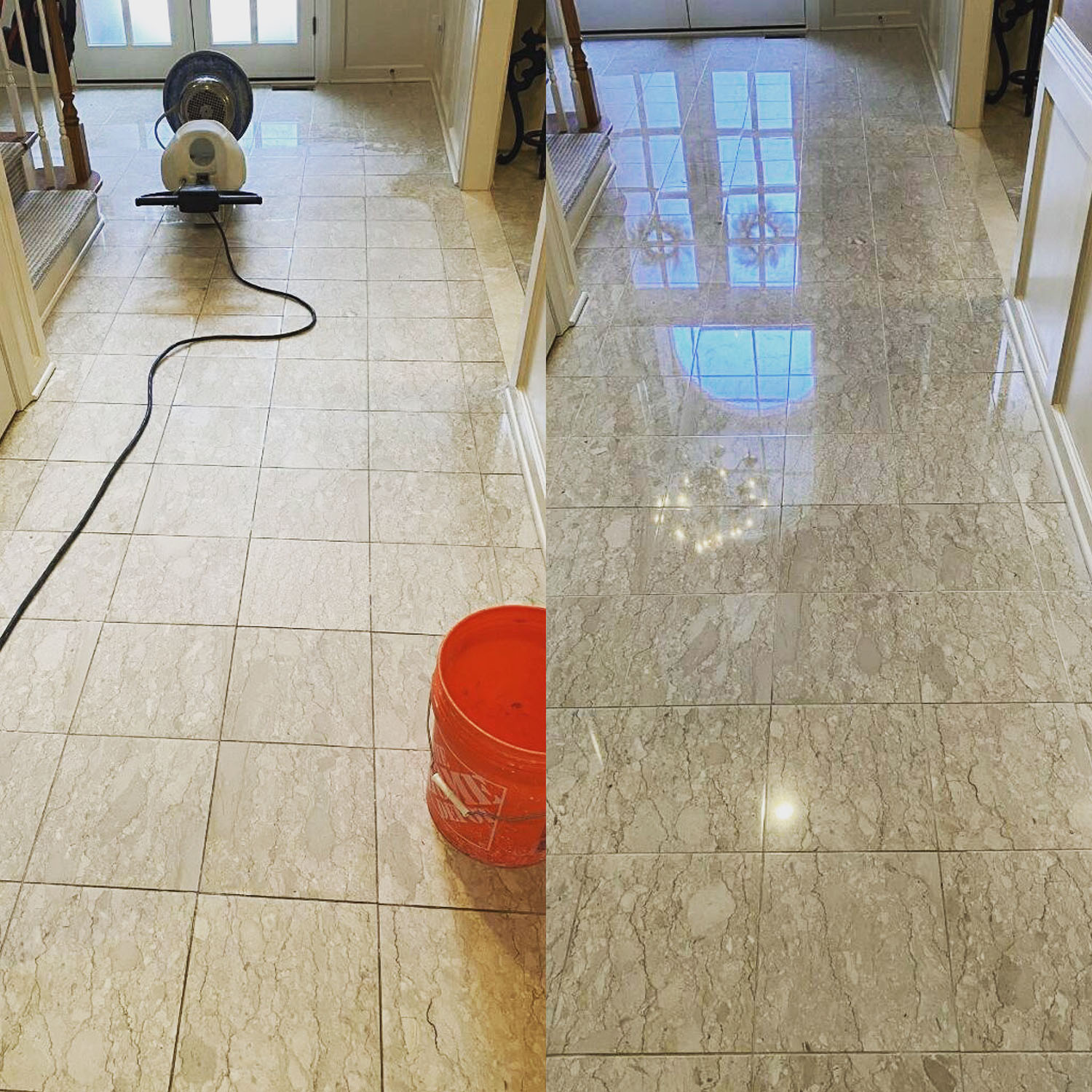Repairing stonework is an art that fuses history, skill, and sustainability, breathing renewed spirit into surfaces that have withstood the test of time. From ancient monuments to modern houses, stone has long been a preferred choice, providing both visual charm and longevity. However, with the flow of time, even the strongest stone can show signs of wear, stains, and damage. This is where the benefit of stone restoration comes into play. It not only improves the look of your space but also helps preserve a fragment of our common heritage.
If you're contemplating a project to restore stone, you may become pondering where to begin. Is it the right moment to revive your stone surfaces? Comprehending the aspects of the procedure is essential, and it can be intimidating if you're new to restoring homes. Regardless of whether you're aiming to handle the job yourself or thinking about hiring specialists, knowing the guidelines can save you time, money, and potential frustration. In this manual, we will examine the different facets of restoring stone, including typical pitfalls to steer clear of, essential upkeep suggestions, and the profound impact renewal has on maintaining our heritage for those to come.
Best Materials for Renovating Traditional Homes
Restoring heritage homes necessitates careful thought of the resources used to ensure authenticity and longevity. Natural stone is commonly the primary choice for frontages, driveways, and landscaping elements. Its resilience and design qualities effortlessly blend with the historical architecture. When choosing stone, it is important to correlate the variety, surface, and color to what was initially used, preserving the home's character while dealing with any deterioration.
In addition to stone, lime mortar is a vital material for restoring and refreshing masonry. Lime is porous and permits moisture to escape, avoiding damage to both the stone and the building. Its give accommodates shifts over time, making it better to recent cement mortars that can hold moisture, leading to further decline. Grasping the characteristics of lime mortar ensures that the renovation upholds the wholeness of the historic construction.
Wood also has a significant role in the renovation of traditional homes, especially for framework elements, windows, and doors. Choosing the right type of wood, ideally gathered from the corresponding species used historically, maintains the character and effectiveness of the building. Routine maintenance, such as adequate sealing and painting, helps protect wooden components from the weather, guaranteeing they remain sturdy while enhancing the home's legacy allure.
Is Now the Right Time to Restore Your Stone Surfaces?
Inspecting the quality of your stone surfaces is the primary action in determining whether restoration is required. Check for signs of wear such as fissures, blemishes, or fading. These issues not only detract from the beauty of your space but can also weaken the strength of the stone. If you see any of these signs, it may be necessary to evaluate restoration to prevent further damage.
Another important factor to consider is the historical age and cultural importance of your stonework. If the stone surfaces are part of a historic home or property, restoring them can help maintain their original look. Many homeowners feel a sense of duty to maintain the historical aspects of their properties, and restoring stone surfaces is a crucial part of that commitment. If your stonework has importance, investing in restoration can be both a functional and nostalgic decision.
In conclusion, evaluate how regularly the stone surfaces are engaged and subjected to the elements. High-traffic areas and outdoor stonework tend to experience more damage over time due to consumption and interaction with weather conditions. If you realize that maintenance on your stone surfaces has been neglected and they are showing visible signs of damage, it is prudent to act sooner rather than afterward. Timely restoration will not only beautify the beauty of your space but also extend the durability of your stone surfaces.
Do-It-Yourself vs. Professional Stone Refurbishment: Key Considerations
As you think about considering stone refurbishment, one of the initial choices homeowners face is whether to take on the project independently or engage a professional. DIY restoration can be attractive due to the possible cost reduction and the satisfaction of completing a project on your own. But, it requires a strong understanding of the substances, methods, and tools necessary for effective restoration. Many people fail to appreciate the challenges of stone restoration, leading to subpar results that may detract from the aesthetic of the stone and weaken its integrity.
In contrast, expert stone restoration services bring knowledge and proficiency to the table. Check out here are trained to handle various types of stone, from granite to marble, and understand the specific techniques required for every type. They are equipped with advanced tools and products designed for effective restoration. In addition, hiring a specialist can save hours and prevent costly mistakes, especially for extensive or intricate projects. Their knowledge of cleaning techniques, sealing processes, and repairs ensures a superior outcome.
Ultimately, the choice between DIY and expert restoration is based on the scope of the project and your comfort level with the tasks required. For minor touch-ups and maintenance, DIY may be a reasonable option. Yet, for significant restoration efforts, hiring professionals can ensure that the stonework is brought back to its former glory, preserving its cultural and aesthetic value.

